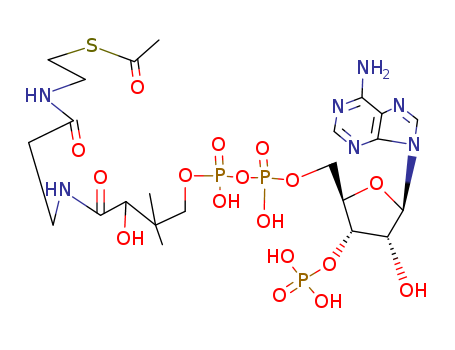10.1016/j.bmc.2008.11.032
The research focuses on the identification, synthesis, and evaluation of selective small molecule inhibitors targeting human arylamine N-acetyltransferase 1 (NAT1) and its murine homologue, mouse arylamine N-acetyltransferase 2 (Nat2), which are potential markers for breast cancer. The study involves high-throughput screening of a 5000-member compound library against a panel of five different recombinant NAT proteins, including both mammalian and non-mammalian enzymes, to identify broad-spectrum inhibitors and those with specificity for individual NAT isoforms. The most potent inhibitors, identified as rhodanine and thiazolidin-2,4-dione derivatives, exhibit submicromolar activity and competitively inhibit both recombinant proteins and human NAT1 in ZR-75 cell lysates. The experiments utilized various assay methods, including the acetylation of arylamines and hydrolysis of AcCoA, to measure enzyme activity and inhibition. Additionally, 1H NMR studies were conducted on purified mouse Nat2 to confirm the binding of inhibitors within the enzyme's active site. The research also encompassed structure-activity relationship (SAR) analysis to optimize inhibitory activity and in silico modeling to predict the binding mode of the inhibitors to the protein. The compounds were further tested for cell-based toxicity to ensure their potential as non-toxic molecular tools for probing the role of human NAT1 and mouse Nat2 in cellular contexts.





